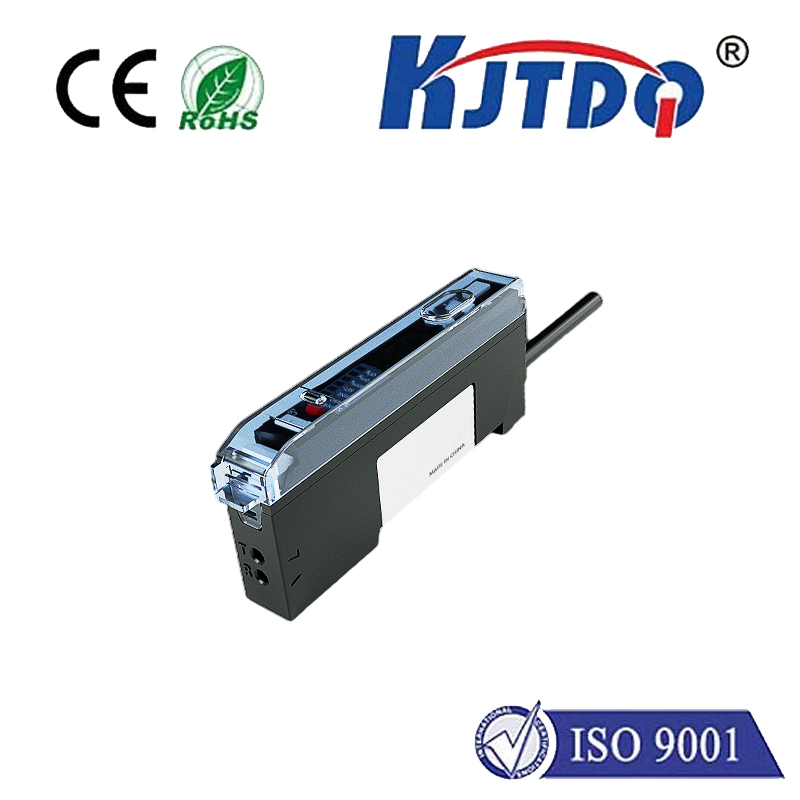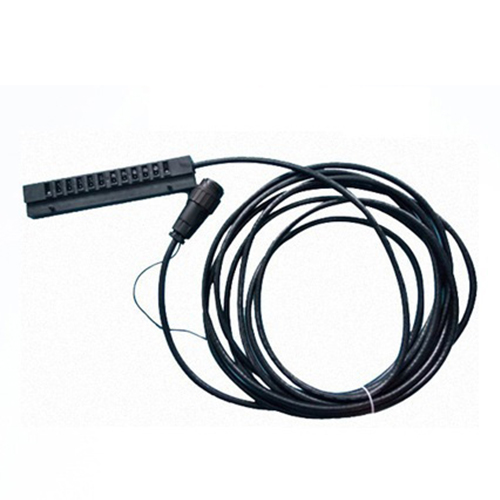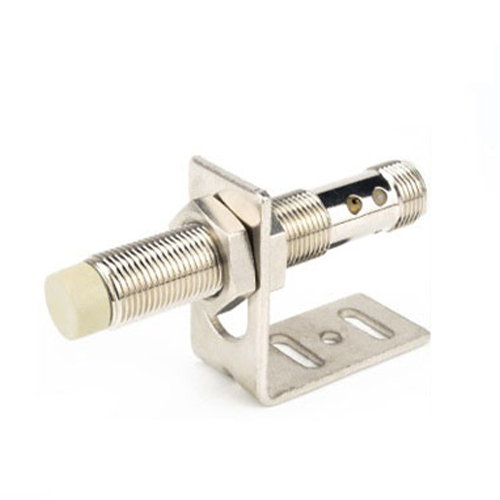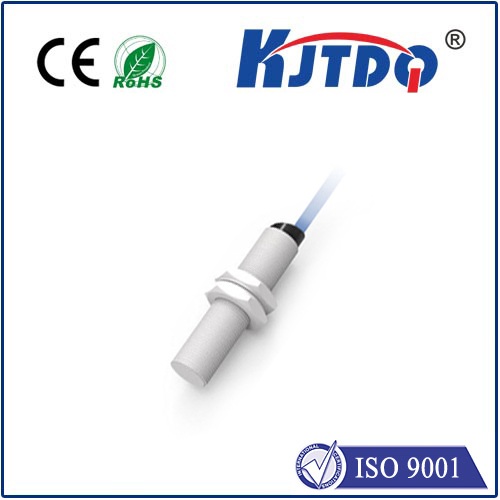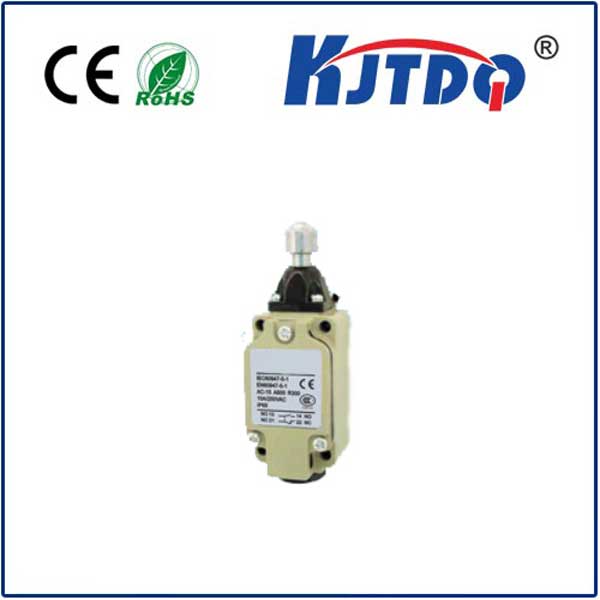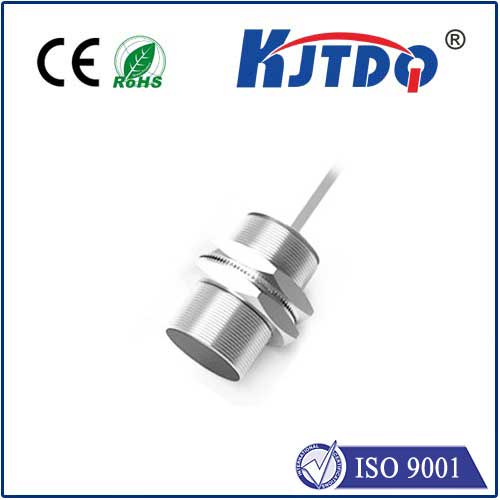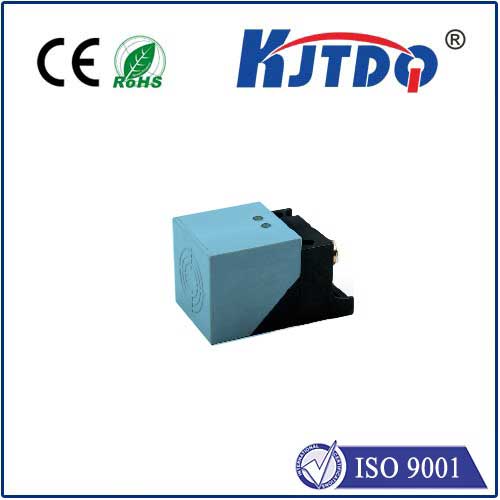laser ranging sensor 100meter
- time:2025-09-11 05:11:28
- Нажмите:0
Unlocking Precision Over Distance: The Power of 100-Meter Laser Ranging Sensors
In an era demanding pinpoint accuracy across vast distances, reliable measurement tools are non-negotiable. From construction sites laying massive foundations to automated warehouses tracking inventory movement, the ability to quickly, safely, and precisely gauge distances up to 100 meters is a game-changer. This is precisely where 100-meter laser ranging sensors step into the spotlight, offering a sophisticated solution that transcends the limitations of traditional measuring tapes and earlier technologies. These sensors deliver remarkable accuracy over significant ranges, making them indispensable assets in numerous industrial and commercial applications.
Understanding the Core Technology: How Laser Ranging Works
At its essence, a 100-meter laser ranging sensor operates by measuring the time it takes for a laser pulse (Time-of-Flight - ToF) or the phase shift of modulated laser light (Phase-Shift) to travel to a target and return. This fundamental principle allows it to calculate distance with exceptional precision. Modern iterations utilize advanced signal processing algorithms to filter out ambient light interference and noise, ensuring robust performance even in challenging industrial environments. Key features distinguishing these sensors include:
- Высокая точность: Capable of achieving resolutions down to millimeters (e.g., ±1.5mm accuracy or better) over the full 100-meter range, far exceeding mechanical methods.
- Non-Contact Measurement: Measuring without physical touch eliminates the risk of damaging delicate surfaces and allows for measurements of moving or hazardous objects.
- Speed: Delivering measurements in milliseconds, enabling real-time control and feedback in automated systems.
- Long Range Capability: Consistently and reliably covering the 100-meter distance, bridging a critical gap between shorter-range sensors and expensive surveying equipment.
- Compact and Robust Design: Engineered for durability, often featuring rugged housings with ratings like МП67 for dust and water resistance, suitable for harsh factory floors or outdoor sites.
Why the 100-Meter Range is a Strategic Sweet Spot

The 100-meter laser rangefinder occupies a strategic niche. Shorter-range sensors (e.g., 1m, 10m, 30m) are readily available but lack the reach needed for larger-scale applications. Conversely, ultra-long-range LiDAR systems (reaching kilometers) are significantly more complex and costly. The 100-meter distance offered by these sensors strikes an optimal balance:
- Cost-Effectiveness: Delivering long-distance laser measurement capability at a fraction of the cost of high-end surveying equipment.
- Practicality: Addressing the vast majority of industrial measurement needs within factories, warehouses, construction zones, and infrastructure monitoring sites where distances frequently fall within this bracket.
- Многогранность: Offering sufficient range to be useful in diverse scenarios without the bulk or complexity associated with kilometer-range systems.
Key Applications Driving Demand for 100m Sensors
The unique capabilities of laser distance sensors 100m empower solutions across multiple sectors:
- Industrial Automation & Robotics: Precise positioning of gantries, overhead cranes, and autonomous guided vehicles (AGVs) within large facilities relies heavily on dependable long-distance laser measurement. These sensors provide the continuous, real-time position feedback required for smooth operation and collision avoidance over significant areas.
- Logistics and Warehousing: In sprawling automated storage and retrieval systems (AS/RS), 100-meter laser rangefinders track the position of shuttles and cranes, optimize pallet placement, and manage inventory levels within massive storage racks spanning warehouse lengths. They enable accurate yard management, measuring trailer positions and container stacking heights.
- Construction & Civil Engineering: Setting foundations, verifying building dimensions, controlling earth-moving machinery (like graders and excavators via mast or 3D machine control systems), and monitoring structural deformation over time are made significantly more efficient and accurate with 100-meter capability. Monitoring stockpile volumes for materials like gravel or soil becomes feasible.
- Infrastructure Monitoring: Ensuring the safety of bridges, dams, tunnels, and historical buildings involves detecting minute shifts or deformations. Long-range distance sensors continuously measure reference points over the critical 100-meter distance, providing early warning signs of potential structural issues.
- Security & Perimeter Protection: Creating virtual tripwires and monitoring fence lines or boundaries over long stretches is effectively achieved with laser ranging sensor 100meter technology. They detect intrusions accurately across the designated range, enhancing perimeter security for critical infrastructure, ports, or large industrial sites.
- Mobile Machinery & Agriculture: Integrating these sensors onto cranes, forestry equipment, or large agricultural vehicles helps operators maintain safe working distances, avoid collisions, and perform complex maneuvers precisely, especially important given the scale and cost of such machinery.
Selecting the Right 100-Meter Laser Ranging Sensor: Key Considerations
Choosing the optimal 100-meter laser rangefinder requires careful evaluation of specific project needs:
- Required Accuracy and Resolution: Does your application demand millimeter precision or is centimeter-level sufficient? Higher accuracy often correlates with cost.
- Measurement Speed: How quickly do you need distance updates? Real-time control systems demand fast response times (milliseconds), while monitoring applications might tolerate slower measurements.
- Target Properties: Consider the target surface (color, reflectivity, roughness), size, and potential movement. Sensors with advanced signal processing handle low-reflectivity surfaces better. For moving targets, ensure the device’s measurement speed keeps pace.
- Environmental Conditions: Will the sensor face dust, moisture, vibration, or extreme temperatures? Verify the IP rating (like IP67) and operating temperature range.
- Interface Requirements: Common output options include analog (4-20mA, 0-10V), digital (RS232, RS485, CAN bus), or industrial Ethernet (Profinet, EtherNet/IP). Choose what integrates seamlessly with your control system.
- Connectivity: Modern laser ranging sensors increasingly offer Bluetooth or Wi-Fi capabilities for convenient setup, configuration, diagnostics, and wireless data retrieval, adding significant flexibility.
- Physical Size and Mounting: Ensure the sensor’s form factor and mounting options suit the available space and installation constraints within the application.
Optimizing Performance with 100-Meter Laser Ranging
Maximizing the effectiveness of a Лазерный дальномер 100 м involves thoughtful installation and operation:
- Stable Mounting: Securely mount the sensor to prevent vibrations that can introduce measurement errors.
- Line of Sight: Ensure a clear, unobstructed path between the sensor and the target. Dust, smoke, or heavy rain can attenuate the laser beam and reduce effective range or reliability.
- Target Suitability: Highly reflective, diffuse surfaces are ideal. Very dark, shiny, or transparent targets may require specific sensor models optimized for low reflectivity or external reflectors (retroreflectors) for reliable measurements at the full 100-meter distance.
- Proper Configuration: Utilize configuration software to fine-tune parameters like measurement rate, output filtering, and behavior in case of signal loss or out-of-range targets.
The 100-meter laser ranging sensor represents a powerful technological leap for industries requiring precise distance measurement across substantial operational areas. Its unique blend of long-range capability, high accuracy, speed, and non-contact operation solves critical measurement challenges in automation, logistics, construction, security, and beyond. By delivering reliable data over the strategic 100-meter distance, these sophisticated sensors enhance efficiency, improve safety, and drive productivity gains.

